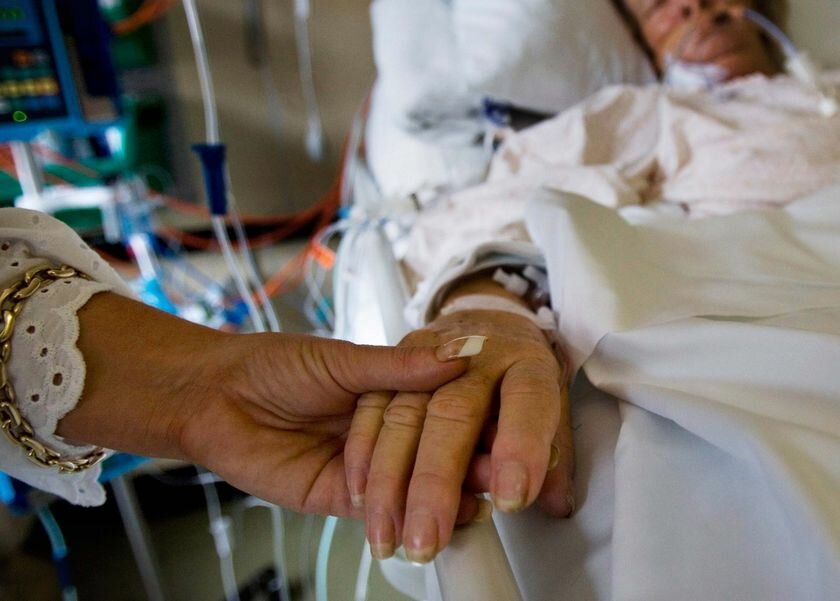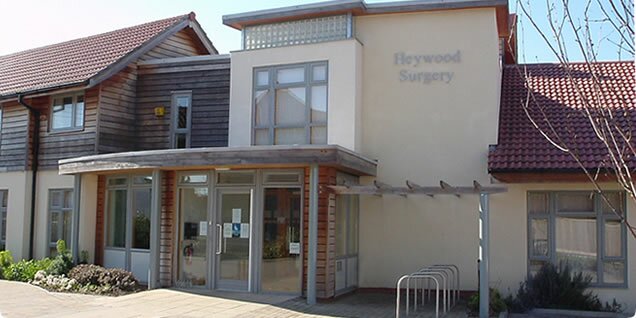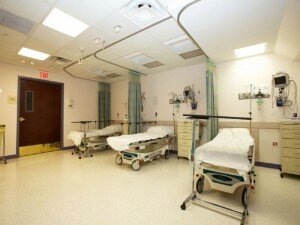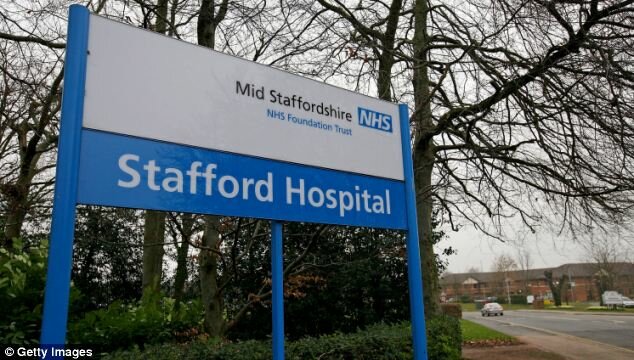French Tour de France cyclists live longer than their non-cyclist countrymen
French participants in the Tour de France between 1947-2012 lived longer than their same-age French counterparts according to the results of a study marking the centenary of the race this year.
“In the context of recent concerns regarding performance-enhancing techniques and the potential negative health effects of excessive high-level physical activity, data on the long-term outcomes and causes of death in elite endurance cyclists is of particular interest,” said Xavier Jouven, MD, PhD, from the Sudden Death Expertise Center in Paris, France.
“Although our results are reassuring to some extent, since no death has been observed since 1990, we have to remain careful since we cannot directly assess the potential harmfulness of doping through our analyses and results.”
The study assessed 786 French cyclists who participated at least once in the Tour de France between 1947 and 2012, and compared them to the general French male population of the same age.
The cyclists had participated in a median of 2.5 Tour de France races and were followed for a median of 37.4 years. Their median age at the first race was 25 years.
A standardized mortality ratio (SMR) was calculated based on the actual death rate of the cyclists compared to the death rate in the age-matched French population according to the Human Mortality Database.
An SMR lower than 1 indicates the cyclists had a lower mortality rate than the general population, whereas an SMR greater than 1 indicates higher mortality.
The study found that of the 786 cyclists, 208 (26%) had died by September 01, 2012 – an SMR of 0.59 and a mortality rate that is 41% lower than the general population, said Dr. Jouven.
The two main causes of death for the cyclists were neoplasms (32.2%), and cardiovascular diseases (29%), both occurring less frequently than in the general public (SMRs of 0.56 and 0.67 respectively).
Among cancers, the 3 main diagnoses were digestive (35%), lung (22%), and prostate (7%).
For the third highest cause of death (15.8%), classified as “external” (mostly trauma-related) the SMR was 1.06 indicating about the same rate as in the general public.
Other causes of death included infectious diseases (2.2%), endocrine and nutritional diseases (2.2%), neurological (2.2%), digestive system diseases (2.2%), and genitourinary disease (1.1%).
The cyclists’ SMR was consistent across different periods of participation, corresponding to the reported or suspected use of cocaine and amphetamines (1947-1970), androgens and anabolic steroids (1971-1990) and growth hormone and erythropoietin (1991-2012), said Dr. Jouven.
The SMRs were also consistent across all age groups, except for the age-group younger than 30 years in whom a non-significantly higher death rate was observed (SMR 1.65) compared to the general population.
“A particularly high frequency of traffic or race accident deaths were seen in this age-group,” he said.
http://www.medicalnewstoday.com/releases/265679.php
Pin It




























